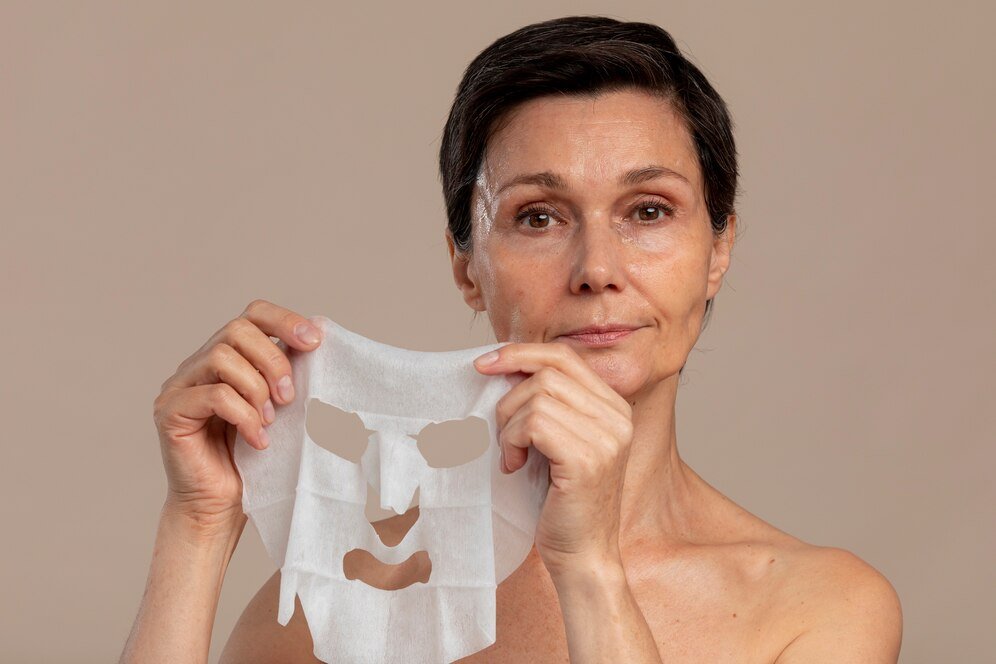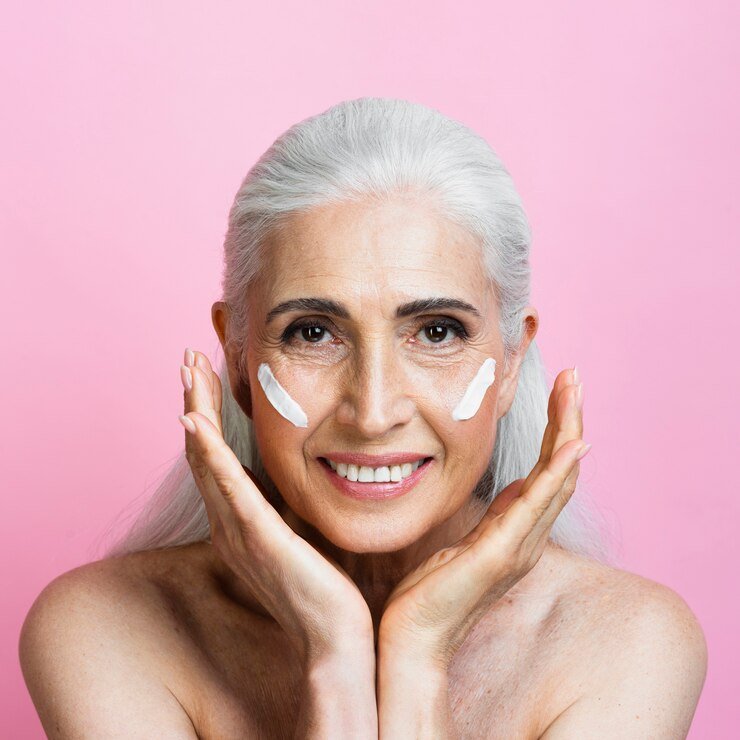Introduction
In the quest for eternal youth, the beauty industry has always been at the forefront, offering a myriad of products and procedures promising to reverse the clock. From serums to surgeries, the options seem endless, but navigating through the vast sea of anti-aging solutions can be overwhelming. However, understanding the fundamental ABCs of anti-aging—key ingredients and techniques—can empower individuals to make informed decisions tailored to their skincare needs. In this comprehensive guide, we delve into the science behind anti-aging, demystifying common ingredients and techniques to help you achieve radiant, youthful skin.
A is for Antioxidants
Antioxidants are your skin’s first line of defense against environmental aggressors such as pollution, UV radiation, and free radicals, which contribute to premature aging. These powerful molecules work by neutralizing free radicals, preventing oxidative stress, and reducing inflammation, ultimately preserving skin health and vitality. Some common antioxidants found in skincare include:
- Vitamin C: Known for its brightening properties, Vitamin C boosts collagen production, reduces hyperpigmentation, and protects against UV damage. Look for stabilized forms such as ascorbic acid or derivatives like sodium ascorbyl phosphate for optimal efficacy.
- Vitamin E: This fat-soluble antioxidant enhances skin hydration, strengthens the skin barrier, and minimizes the effects of UV-induced damage. Incorporate products containing tocopherol or tocopheryl acetate into your routine for added protection.
- Green Tea Extract: Rich in polyphenols, green tea extract boasts potent antioxidant and anti-inflammatory properties, shielding the skin from environmental stressors while soothing irritation and redness.
- Resveratrol: Found in grapes and berries, resveratrol exhibits remarkable anti-aging benefits, including improved elasticity, reduced fine lines, and enhanced collagen synthesis, making it a valuable addition to anti-aging formulations.
By incorporating antioxidant-rich products into your skincare regimen, you can combat oxidative stress and maintain a youthful complexion over time.
B is for Broad-Spectrum Sunscreen
Sunscreen isn’t just for beach days—it’s a non-negotiable step in any anti-aging routine. Prolonged sun exposure accelerates skin aging by causing collagen degradation, elastin breakdown, and the formation of fine lines and wrinkles. Broad-spectrum sunscreens protect against both UVA and UVB rays, shielding the skin from sun damage and preventing photoaging. When selecting a sunscreen, opt for a broad-spectrum formula with an SPF of 30 or higher and reapply every two hours, especially when outdoors. Additionally, consider incorporating sunscreen-infused moisturizers or makeup products for added convenience and protection throughout the day.

C is for Collagen
Collagen is the most abundant protein in the body, providing structural support and elasticity to the skin. However, as we age, collagen production declines, leading to sagging skin, wrinkles, and loss of firmness. While topical collagen creams may offer temporary plumping effects, their ability to penetrate the skin barrier and stimulate collagen synthesis is limited. Instead, focus on ingredients and techniques that promote collagen production from within:
- Retinoids: Retinoids, derivatives of vitamin A, are renowned for their ability to stimulate collagen production, accelerate cell turnover, and improve skin texture. Over-the-counter retinol and prescription-strength retinoids such as tretinoin can effectively minimize wrinkles and enhance skin firmness with consistent use.
- Peptides: Peptides are short chains of amino acids that signal the skin to produce more collagen. Incorporating peptide-rich serums or moisturizers into your routine can support collagen synthesis and improve overall skin structure and resilience.
- Microneedling: Also known as collagen induction therapy, microneedling involves creating tiny micro-injuries in the skin to stimulate collagen and elastin production. This minimally invasive procedure promotes skin renewal and enhances the penetration of topical products, maximizing their anti-aging benefits.
D is for Hydration
Proper hydration is essential for maintaining skin health and vitality, especially as we age. Dehydrated skin appears dull, rough, and prone to fine lines and wrinkles, emphasizing signs of aging. To combat moisture loss and maintain optimal hydration levels, consider the following strategies:
- Hyaluronic Acid: As a humectant, hyaluronic acid attracts and retains moisture, plumping the skin and improving elasticity. Incorporate hyaluronic acid serums or moisturizers into your routine to replenish hydration and restore a youthful glow.
- Ceramides: Ceramides are lipid molecules that form a protective barrier on the skin’s surface, preventing moisture loss and strengthening the skin barrier. Look for ceramide-infused products to fortify your skin’s natural defense against environmental stressors and maintain hydration.
- Humidifiers: Indoor heating and air conditioning can strip the skin of its natural moisture, leading to dryness and accelerated aging. Using a humidifier in your home or workspace can help replenish lost moisture in the air, promoting healthier, more hydrated skin.

E is for Exfoliation
Exfoliation is a crucial step in any anti-aging regimen, as it helps slough off dead skin cells, promote cell turnover, and improve the efficacy of subsequent skincare products. However, over-exfoliation can disrupt the skin barrier and exacerbate signs of aging, so it’s essential to exfoliate gently and selectively. Consider the following exfoliation methods for smoother, more radiant skin:
- Chemical Exfoliants: Alpha hydroxy acids (AHAs) and beta hydroxy acids (BHAs) are chemical exfoliants that dissolve dead skin cells and unclog pores, revealing a brighter, more even complexion. AHAs like glycolic acid and lactic acid are ideal for addressing fine lines and hyperpigmentation, while BHAs like salicylic acid are effective for acne-prone or congested skin.
- Enzyme Exfoliants: Enzyme exfoliants, such as papain (papaya enzyme) and bromelain (pineapple enzyme), gently dissolve dead skin cells without abrasive scrubbing, making them suitable for sensitive or reactive skin types. Incorporate enzyme-based masks or cleansers into your routine for mild yet effective exfoliation.
- Physical Exfoliants: While physical exfoliants like scrubs or brushes can provide immediate smoothness, they should be used sparingly to avoid irritation and micro-tears in the skin. Opt for gentle exfoliating agents such as jojoba beads or rice powder, and limit physical exfoliation to once or twice a week.
By incorporating appropriate exfoliation techniques into your skincare routine, you can reveal fresh, rejuvenated skin and enhance the efficacy of anti-aging products.
Conclusion
Understanding the ABCs of anti-aging—key ingredients and techniques—is essential for achieving and maintaining youthful, radiant skin. By incorporating antioxidant-rich formulations, broad-spectrum sunscreen, collagen-boosting ingredients, hydrating agents, and appropriate exfoliation techniques into your skincare regimen, you can effectively combat the signs of aging and preserve your skin’s health and vitality for years to come. Remember, consistency and patience are key when it comes to anti-aging skincare, so prioritize a comprehensive routine tailored to your unique needs and concerns. With dedication and the right approach, you can unlock the secret to ageless beauty and embrace your skin’s natural luminosity at any stage of life.










